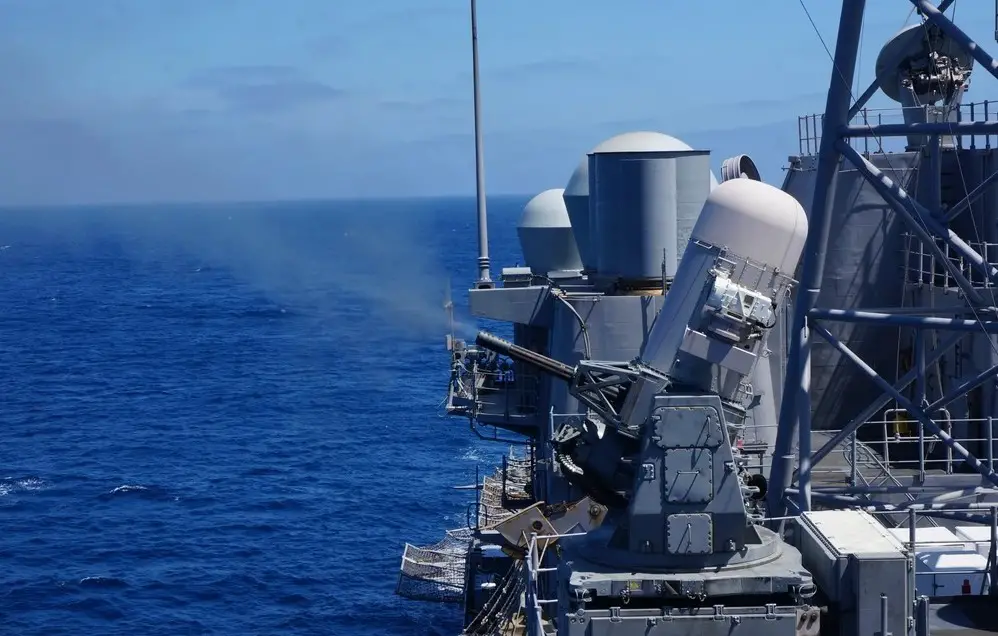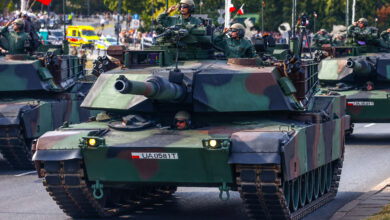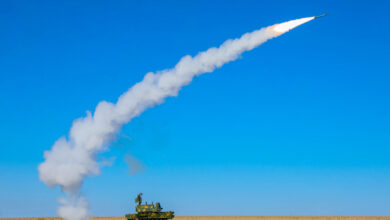US Seeks Kinetic Defeat Solution for Medium-Sized Hostile Drones
The US Defense Innovation Unit (DIU) is asking industry partners to provide a kinetic defeat solution for medium-sized hostile unmanned aerial systems (UAS).
According to a solicitation published earlier this week, the expected counter-UAS solution should integrate with various naval platforms to support expeditious deployment.
It should also be compatible with existing sensors and combat systems onboard US Navy vessels.
Furthermore, the solution should have a kinetic defeat probability of more than 90 percent to protect military ships within a radius of 15 kilometers (9.3 miles).
Unlike other counter-drone solutions that use electronic warfare technologies to disrupt hostile UAS, kinetic defeat focuses on physically destroying the enemy asset.
The DIU specified that the solution must be able to address the growing threat of group three drones, or those as big as Textron’s RQ-7B Shadow and Boeing’s RQ-21 Blackjack.
Minimal Cost Per Defeat
As the US seeks to find cheaper ways to neutralize drones, the DIU said the kinetic solution should minimize “cost per defeat” to ensure the military does not spend too much to neutralize relatively cheap enemy drones.
Previous reports indicate that current efforts to take out hostile UAS exceed $100,000 per shot.
Even the Houthis mocked the US military for launching $2 million missiles to stop their $2,000 drones.
Additionally, the DIU wants mature proposals available for testing within three months of a prototype award.
Preference may be given to interested vendors that can deliver five prototypes within 12 months and provide evidence demonstrating their solutions’ capability in representative environments.
For this solicitation, the organization has made it clear that it will not consider solutions that use high-powered microwave and directed energy.












